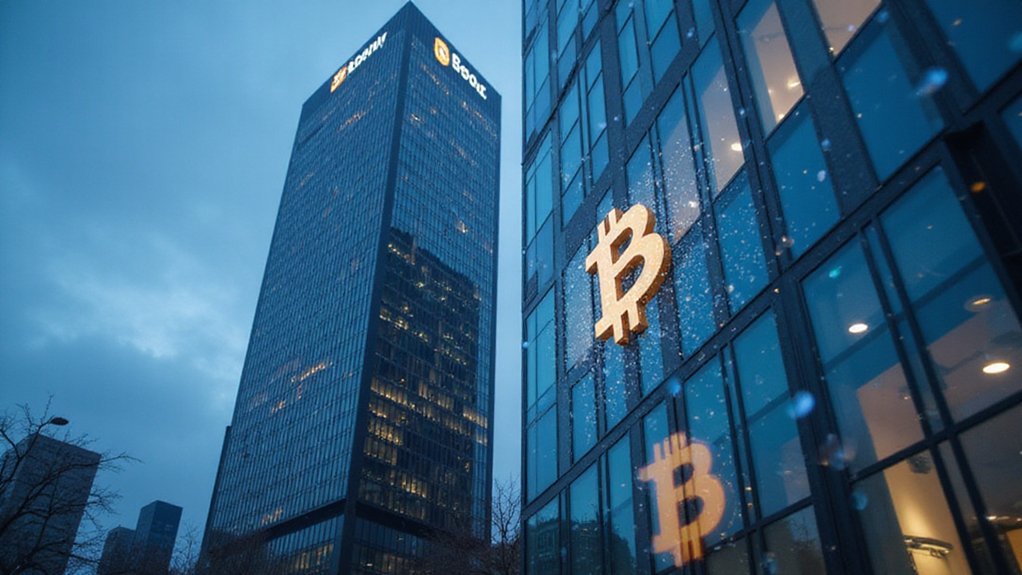While the decentralized finance sector barrels toward a projected $178.63 billion valuation by 2029—a nearly nine-fold increase from its current $20.48 billion—the very regulatory forces that could legitimize DeFi threaten to strangle its foundational ethos of permissionless innovation.
The irony is palpable: as DeFi protocols mature with sophisticated risk mitigation strategies and insurance mechanisms, legislative proposals emerge that could fundamentally alter their decentralized nature. Senate bills targeting major protocols like Uniswap and prominent investors such as a16z have prompted an unexpected spectacle—entities built on trustless, intermediary-free principles now lobbying for regulatory exemptions like traditional financial institutions seeking favorable treatment.
DeFi’s greatest irony: protocols championing decentralization now lobbying Washington like the very institutions they sought to replace.
This regulatory uncertainty strikes at DeFi’s core value proposition. The sector’s explosive growth—driven by compound annual growth rates exceeding 28% and fueled by yield farming innovations and asset tokenization—relies on the permissionless nature that allows anyone with internet connectivity to access sophisticated financial services.
Over 1,700 DeFi applications already integrate stablecoin functionality, with $146 billion circulating within protocols globally, demonstrating the ecosystem’s remarkable scalability without traditional gatekeepers. Weekly DeFi transaction volume has surged to over $48 billion, highlighting the sector’s unprecedented momentum even amid regulatory challenges.
Yet regulatory clarity presents a double-edged sword. While compliance frameworks could enable institutional participation and provide the legitimacy needed for mainstream adoption, overly restrictive legislation might eliminate the very innovations that distinguish DeFi from traditional finance. Institutional investors are increasingly participating in the primary user base alongside retail users and blockchain developers, signaling growing acceptance from traditional financial institutions.
The technology drivers powering this revolution—smart contracts enabling trustless exchanges, cross-chain interoperability, and synthetic assets backed by stablecoins (now representing $3.2 billion in market capitalization)—depend on maintaining operational flexibility. However, smart contract vulnerabilities remain a persistent concern, with the sector having lost $10.77 billion since 2014 due to various exploits and hacks.
The stakes extend beyond market valuations. DeFi’s promise of expanding financial inclusion to unbanked populations and reducing barriers to entry hinges on preserving its decentralized architecture.
As Uniswap’s UNI token commands a $12.3 billion market cap, leading the DeFi token landscape, the protocol’s fight for regulatory exemptions represents more than corporate self-interest—it embodies the tension between innovation and institutionalization.
The outcome will likely determine whether DeFi’s revolutionary potential survives regulatory scrutiny or becomes another casualty of well-intentioned oversight that inadvertently stifles the financial democratization it originally promised to deliver.








